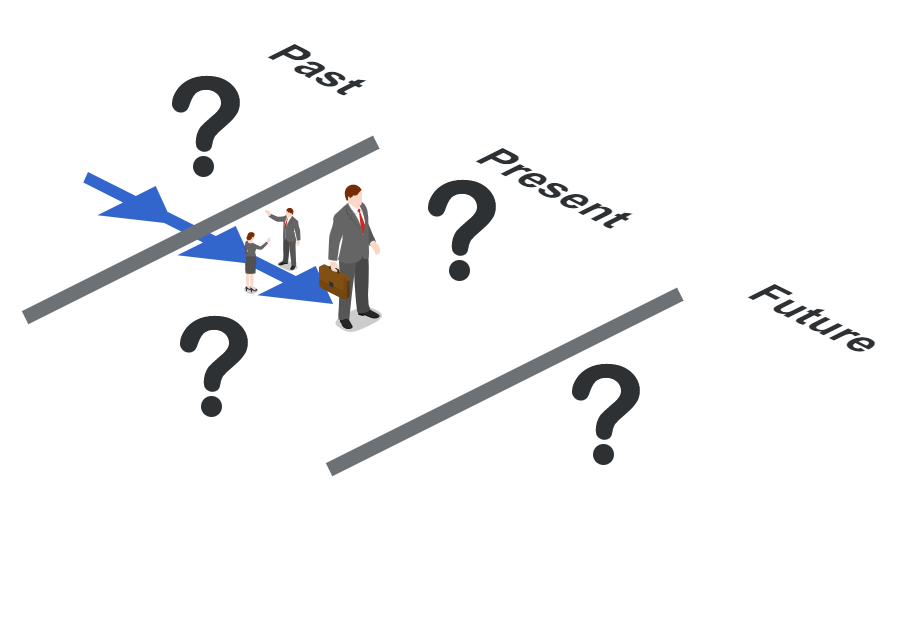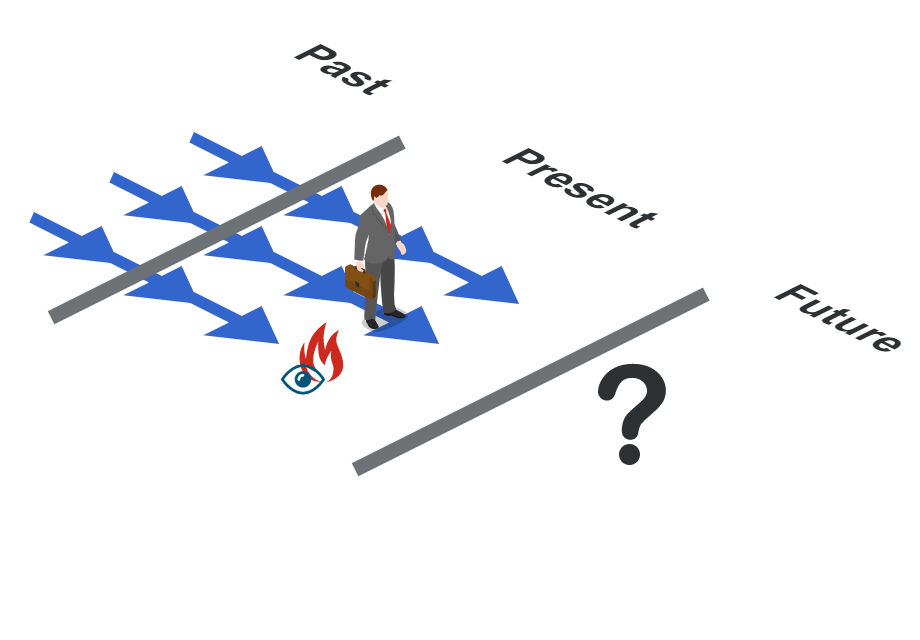Data Maturity Model
A model to categorize the maturity of an organization based on how it utilizes data for analytics and decision making.
A frequent issue I face working in the field of analytics consultancies is how do we identify the level of maturity a given organization has in terms of handling data, how this can be assessed and how that can be used to build a strategy to elevate its current capacities and become a data driven organization. Inspired by the Kardashev Scale, Oracle1, Adam Drake2 and Microsoft3 among others, I propose the following four levels of organizational data maturity:
- Type 0: Null Awareness
- Type I: Basic Awareness
- Type II: Full Situational Awareness
- Type III: Data Driven
- Type IV: Innovator / Leader / Disruptor
Type 0: Null Awareness

A type 0 organization has no effective means of keeping track of the data generated by daily operations of concern. Operational, Tactical and Strategic decisions do not take any data into consideration and are instead based on an implicit awareness of the organizational context.
Type I: Basic Awareness

A type I organization has enough awareness of the data generated by daily operations to comply with legal requirements. The data from daily operations is tracked using manual means (pen and paper for example) or using informal, rudimentary systems (email, spreadsheets, etc.). Rudimentary reporting capacity is present, which is usually manual and ad-hoc in nature.
Type II: Full Situational Awareness

A type II organization uses data to achieve complete situational awareness. The organization has effective and sophisticated systems to capture ALL the data generated by ALL daily operations of concern. The organization has analytical capacity to see previous and current performance across ALL functions within the organization (Descriptive Analytics). The organization can use the data to diagnose incidents and help identify root causes (Diagnostic Analytics).
Type III: Data Driven

The organization uses data to drive decision making. This builds on a Type II organization. The orrganization can use data to project performance into the future and take corrective action proactively (Predictive/Prescriptive Analytics). The organization can conduct experiments and use data to guide decisions as well as can use data to conduct simulations and perform what-if analysis.
Type IV: Innovator / Leader / Disruptor

A type IV organization can use data to identify previously untapped opportunities and help capitalize on them. This builds on a Type III organization. The organization can use ML on accrued data assets to increase the value generated from current operations (in an automated and systematic fashion). It can also use ML on accrued data assets to optimize internal processes (also in an automated and systematic fashion). (Cognitive Analytics)
Assessment
In order to aid in the assessment of whether a given organization is a type 0, I, II, III or IV, I have devised the following checklists…
Type 0 – Checklist
Prerequisites: None
Requirements -
- Data from current operations is not tracked by any system.
Type I – Checklist
Prerequisites: None
Requirements -
- Organization has a clear definition for functions, and resultant daily operations.
- Data from daily operations is tracked by basic systems. This includes email, spreadsheets, and communication logs.
- Organization can build a report using the data in the current systems (usually a manual, arduous, ad-hoc process).
Type II – Checklist
Prerequisites: None
Requirements -
- Organization has a clear definition of functions, and resultant daily operations.
- Organization has a clear list of KPIs/OKRs.
- Organization has an OLTP system (or equivalent in sophistication) to track the data generated by each and every daily operation.
- Organization has an analytical capacity to ingest the data captured from daily operations and present them for analytical consumption in an automated fashion. (Descriptive Analytics)
- Organization automatically produces periodical reports (up to and including live reporting) that describe the current and previous state of the organization’s KPIs/OKRs. (Descriptive Analytics)
- Organization can look at data to diagnose incidents and arrive at root causes in a systematic fashion that is accessible to stakeholders of concern. (Diagnostics Analytics)
- [Optional] Self-service BI capacity.
- [Optional] Organization has a central repository that integrates data from all business functions and presents a single version of the “truth”.
- Organization has a nascent DataOps ecosystem.
Type III – Checklist
Prerequisites: Type II
Requirements -
- Organization has the capacity to project performance into the future. (Predictive Analytics)
- Organization has the capacity to use the output of projected performance and current data assets to take corrective action. (Prescriptive Analytics).
- Organization has the capacity to systematically implement experiments, gather data and base decisions on the findings from such experiments.
- Organization has a mature DataOps ecosystem.
- [Optional] Organization has the capacity to conduct simulations of various aspects of its constituent processes and perform What-If analysis.
Type IV – Checklist
Prerequisites: Type III
Requirements -
- Organization has ML pipelines deployed on accrued data assets to increase the value generated from current operations. (Cognitive Analytics)
- Organization has ML pipelines deployed on accrued data assets to optimize internal processes. (Cognitive Analytics).
- Organization has the capacity to explore accrued data assets to discover untapped opportunities.
- Organization has a mature MLOps ecosystem.
Talk
I gave a talk about about modern data architectures (sans data meshes and data fabrics), roles and the data maturity model back in February, 2022. The slides for that talk can be found here and embedded below…
-
Mark Hornick, “The Data Science Maturity Model”, Oracle, version 2.0, 2020, https://www.oracle.com/a/devo/docs/data-science-maturity-model.pdf ↩
-
Adam Drake, “TheKardashev Scale of Data Maturity”, https://adamdrake.com/the-kardashev-scale-of-data-maturity.html ↩
-
Microsoft, “Explore Data Analytics”, https://docs.microsoft.com/en-us/training/modules/explore-concepts-of-data-analytics/4-explore ↩